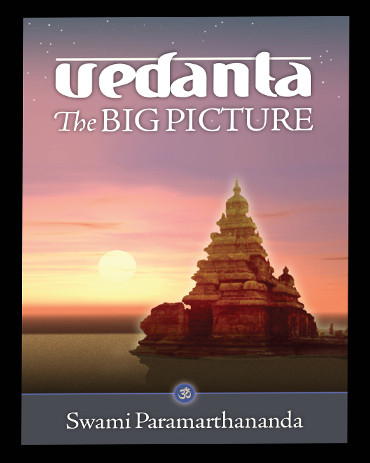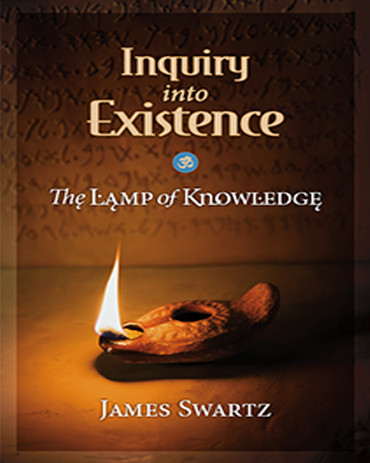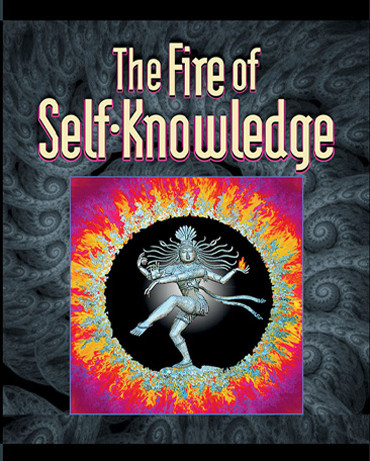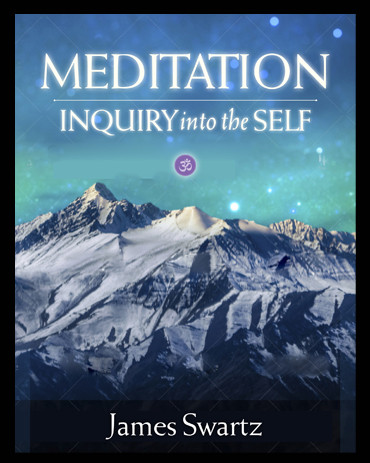Description
Mandukya Upanishad & Gaudapada’s Commentary
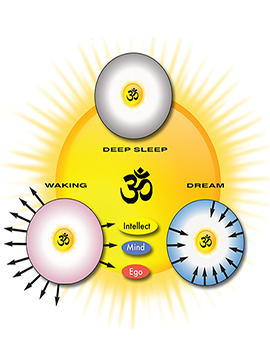
The Mandukya Upanishad is considered the ‘king’ of the Upanishads because its elegant logic in the hands of an accomplished teacher removes the belief that the self is a finite entity, revealing its limitless fullness. The famous commentaries of Gaudapada, a great sage of the Vedantic lineage, presents a radical “creation” teaching, non-origination (ajativada), which amount to no creation. Creation teachings are important because the Upanishads unequivocally state that reality is non-dual consciousness/existence. If it is, then how can we explain the presence of duality, which we continually experience?
The Upanishads, the source texts on which Vedanta, the Science of Consciousness, is based, present the creation of the universe in two ways: (1) as an effect of a prior cause (karana-karya vada) and (2) as a projection, like a dream (ajativada). Cause and effect is easiest to understand. As such it is suitable for beginning and intermediate inquirers. The projection teaching is much more challenging because it can only be appreciated by a very subtle mind, accustomed contemplation. It is often touted as the ‘final’ teaching because the idea of causality tends to obscure the fact that our suffering is due to ignorance, not the result of uncontrollable forces: the circumstances of one’s birth i.e. the law of karma. One’s destiny is difficult to change but ignorance is relatively less difficult to remove, once you know what it is.
Although James has emphasized the cause and effect teaching over the years and mentioned the projection teaching frequently, only recently has He begun to teach Gaudapada’s subtle, logical commentaries because now, after years of serious inquiry, many are qualified to understand it. For best results this text should accompanied by the 20 hour Video filmed at ShiningWorld’s annual Trout Lake campout.
The Upanishad itself is 12 verses, of which the first 8 present the Self as four ‘quarters’ for the purpose of negating the apparent self, the three states and their experiencing entities. Verses 8-12 explain how to meditate on the Self once the teaching has been unfolded. James’ comments were inspired by the teachings of one of his teachers, Swami Dayananda Saraswati, and a guru brother, Swami Paramarthananda of Chennai, India.
The first three chapters of the commentaries (karika) establish the statement, brahma satyam, jagan mithya; jivo brahamaiva na parah. “The Self alone is real. The world is apparently real. The individual (Jiva) and Self are non-different.” However, many religious and philosophical systems speak of creation as if it were real, so the fourth chapter points out the illogicality of their arguments.
Vedanta is a complete program that needs to be practiced systematically. Mandukya will only bring freedom if you have (1) concluded that life is a zero/sum game, (2) realized that only knowledge can set you free, (3) appreciate the necessity of scripture, enjoy the qualifications in some measure, have been blessed with a Self-realized teacher who can wield the means of knowledge skillfully and (4) are practicing karma yoga and upasana yoga with commitment.
To purchase eBook click here:
To purchase Paperback click here:


